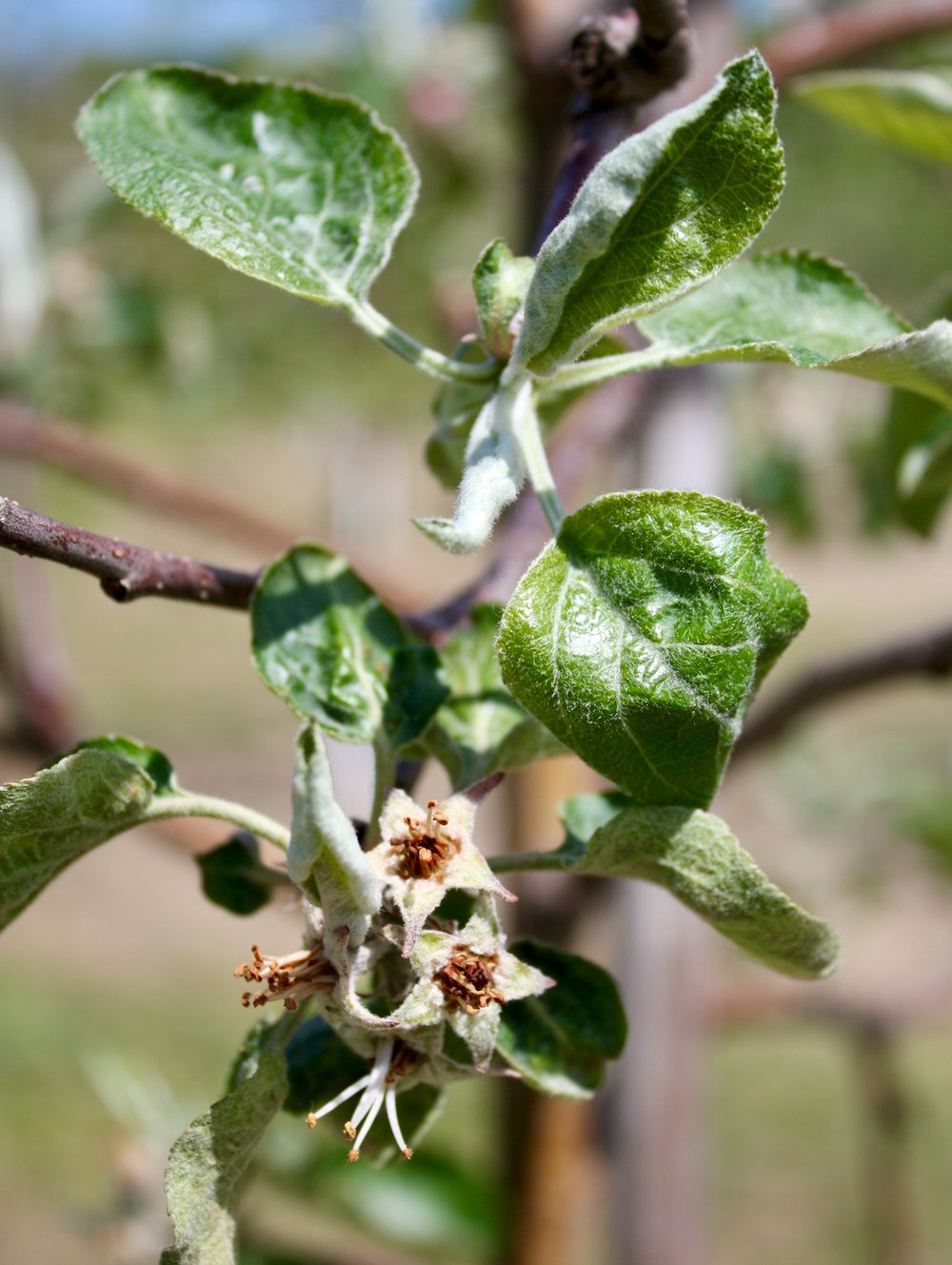The silver bullet that wasn’t

It has been a quarter century since corn and soybeans were engineered to withstand the withering mists of the herbicide glyphosate. Initially heralded as a “silver bullet” for weed control, the modified crops and their herbicide companion were quickly and widely adopted across corn and soybean-growing regions of North America.
Read Also

Sustainable frost protection innovation wins award
An innovation by a B.C.-based startup that could naturally prevent frost damage to fruit crops has been named a winner…
In the years that followed, weeds targeted for eradication quietly fomented a rebellion.
A new study led by scientists from the USDA Agricultural Research Service and the University of Illinois Urbana-Champaign takes a retrospective look at glyphosate efficacy after the engineered crops were commercialized. Amassing data from annual herbicide evaluation trials at land-grant universities across the U.S. and Canada, the researchers show a significant and rapid decline in glyphosate control for all seven major weed species they examined.
“Our analysis represents one of the largest cumulative measures of how weed communities have adapted to the simplified weed management tactics adopted at an unprecedented scale throughout North America,” said Chris Landau, postdoctoral researcher for USDA-ARS and first author on the study.
Although glyphosate provided superior weed control in the early years, most of the weeds in the dataset showed signs of adaptation to the chemical in just two to three years. Within a decade, weeds were up to 31.6 per cent less responsive to glyphosate, with further linear declines as time went on.
“Nature did exactly what we were trying to help people avoid: it adapted,” said co-author Aaron Hager, professor and faculty extension specialist in the Department of Crop Sciences and Illinois Extension.
In addition to loss of control, glyphosate efficacy became more variable over time.
“When glyphosate-tolerant crops were first adopted, weed control was high in every environment. However, year after year glyphosate performance became less consistent,” said co-author Marty Williams, an ecologist with the USDA-ARS and affiliate professor of crop sciences.
These patterns were derived from annual herbicide evaluation trials conducted at land-grant universities, usually in conjunction with their respective extension services. These carefully managed trials test new and existing herbicides against numerous common and troublesome weed species.
Most land-grant universities have multiple herbicide evaluation trials running statewide each year, with some continuously operating since the 1970s.
A couple of years ago, Landau, Hager and Williams mined historical data from U of I herbicide evaluation trials to look at the effect of climate change on weed control in Illinois corn and soybean fields. When they decided to look at the history of glyphosate, the team knew it would be more powerful to access data beyond Illinois.
In cooperation with 24 institutions throughout North America, Landau compiled a massive database representing nearly eight million observations from 1996 to 2021.
For the current study, Landau winnowed the data to fields that tested glyphosate annually, alone or in combination with a pre-emergence herbicide. He also narrowed the target weeds to seven major players: annual and giant ragweed, horseweed, lamb’s quarters, Palmer amaranth, velvetleaf and waterhemp.
In the end, the dataset represented trial data from 11 institutions.
After documenting patterns of glyphosate control and variability over time, Landau reran the analysis for plots in which a pre-emergence herbicide had been applied before glyphosate. The results were strikingly different.
“Adding a pre-emergence herbicide effective against the target weed species significantly improved control and reduced variability of glyphosate over time,” Landau said. “The most we saw for any weed species was a 4.4 per cent loss of control per decade, compared to 31.6 per cent loss for glyphosate alone.”
The dataset for glyphosate can only show patterns, not explanations. While herbicide resistance might be to blame, it’s not the only reason glyphosate may have loosened its grip.
Landau noted that two species he tracked in the analysis — velvetleaf and lamb’s quarters — have not yet had a confirmed case of glyphosate resistance anywhere in the world. Yet both followed the same trends as glyphosate-resistant species in the dataset.
He said herbicide pressure or concurrent climate changes over the past 25 years may have selected for larger leaf area or earlier emergence, both of which could help weeds survive glyphosate.
Regardless of the mechanism, the pattern is clear: silver bullets for weed control don’t exist. The researchers urge diversification in chemistries, including soil- and foliar-applied products; crop rotation patterns; and mechanical controls.
And if another silver bullet is marketed in the future? Hager says the glyphosate story should serve as a cautionary tale.
Source: Farmtario.com

